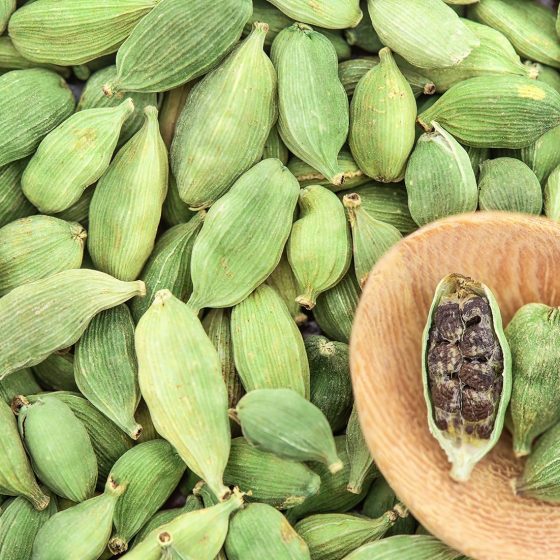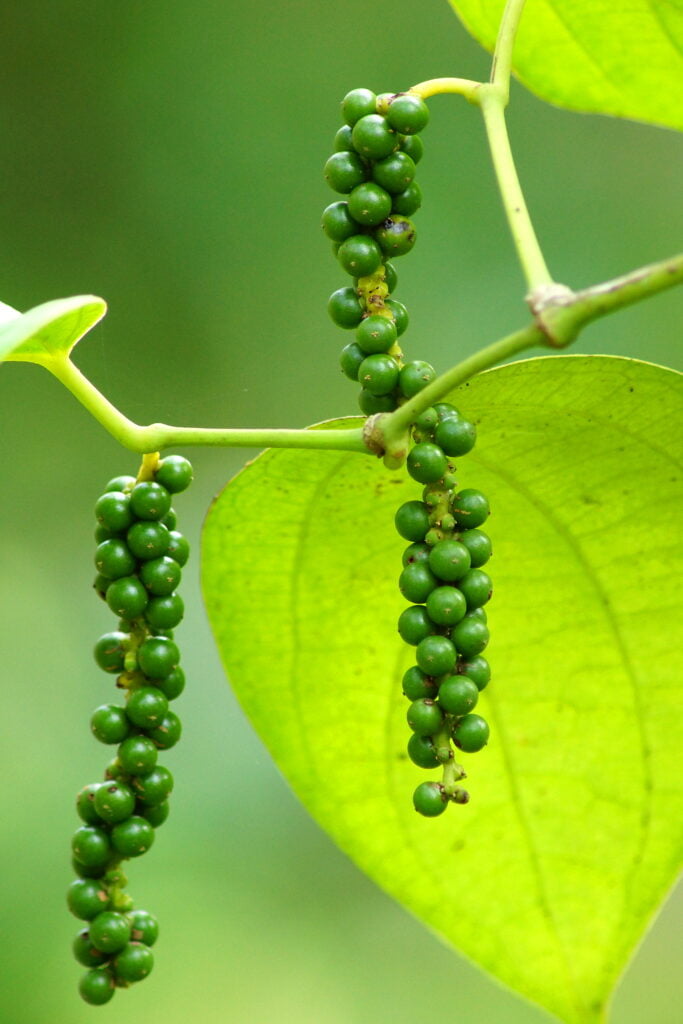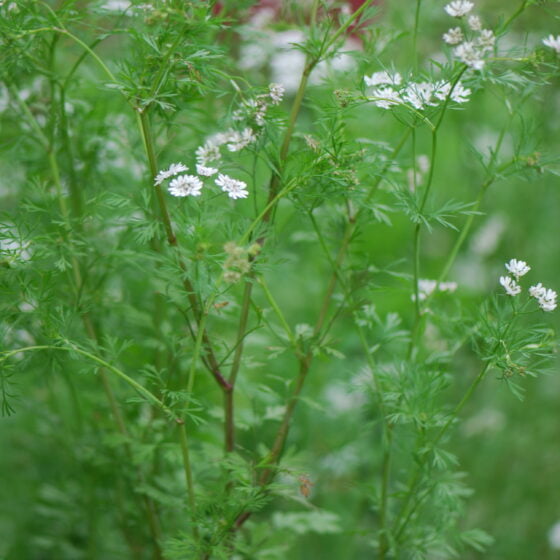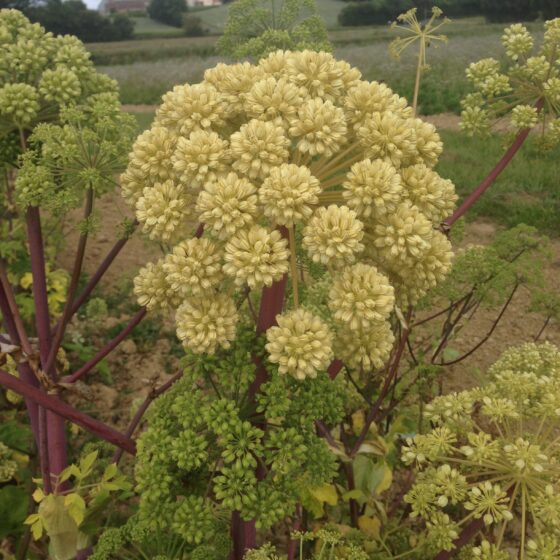
Black pepper India
Piper nigrum fruit oil
General data
Harvest Calendar
- J
- F
- M
- A
- M
- J
- J
- A
- S
- O
- N
- D
Product details Fragrance side
The essential oil of black pepper is used in fine perfumery. It is often found at the top of spicy orientals but also in chypre or ferns with a fresh start. Pepper makes it possible to develop explosive and intense notes, often in men’s fragrances.
About
The pepper plant is a perennial climbing vine with adventitious roots that attach to supports. The flexible, woody stems bear tough, glossy, dark-green leaves. The small, sessile flowers are grouped in long spikes which then form globular berries, or corns. The color of the fruit depends on the level of maturity and makes it possible to distinguish the various types of pepper. Green pepper is the immature corns and black pepper is corns picked when ripe. The reddening corn clusters are harvested and dried in the sun for a few days. The fruits turn brown and shrivel in the sun and are at that point ready for distillation. The resulting essential oil has a fresh, spicy-peppery smell with a woody accent. India quality has an earthy facet that differs from the Madagascar quality, which is more resinous.
Pepper’s botanical name comes from the Latin piper and piperis, a derivative of the Greek peperi, itself borrowed from Sanskrit pippali. Black pepper is native to the Indian coast of Malabar, rechristened the “Pepper Coast.” The pepper plant blossoms deep in the forests of Asia, alongside cardamom, of shared origin. India, the international pepper cradle, is now the largest producer of this world-renowned spice. Called “black gold” in the Middle Ages due to its high cost, it became the primary stake of many a battle and was used as currency to pay fees, taxes, or a bridal dowry. In those days of old, a man’s wealth was measured by the volume of pepper he possessed.
Fragrance side
The essential oil of black pepper is used in fine perfumery. It is often found at the top of spicy orientals but also in chypre or ferns with a fresh start. Pepper makes it possible to develop explosive and intense notes, often in men’s fragrances.
About
The pepper plant is a perennial climbing vine with adventitious roots that attach to supports. The flexible, woody stems bear tough, glossy, dark-green leaves. The small, sessile flowers are grouped in long spikes which then form globular berries, or corns. The color of the fruit depends on the level of maturity and makes it possible to distinguish the various types of pepper. Green pepper is the immature corns and black pepper is corns picked when ripe. The reddening corn clusters are harvested and dried in the sun for a few days. The fruits turn brown and shrivel in the sun and are at that point ready for distillation. The resulting essential oil has a fresh, spicy-peppery smell with a woody accent. India quality has an earthy facet that differs from the Madagascar quality, which is more resinous.
Pepper’s botanical name comes from the Latin piper and piperis, a derivative of the Greek peperi, itself borrowed from Sanskrit pippali. Black pepper is native to the Indian coast of Malabar, rechristened the “Pepper Coast.” The pepper plant blossoms deep in the forests of Asia, alongside cardamom, of shared origin. India, the international pepper cradle, is now the largest producer of this world-renowned spice. Called “black gold” in the Middle Ages due to its high cost, it became the primary stake of many a battle and was used as currency to pay fees, taxes, or a bridal dowry. In those days of old, a man’s wealth was measured by the volume of pepper he possessed.
Other type of extracts
(Spicy)



